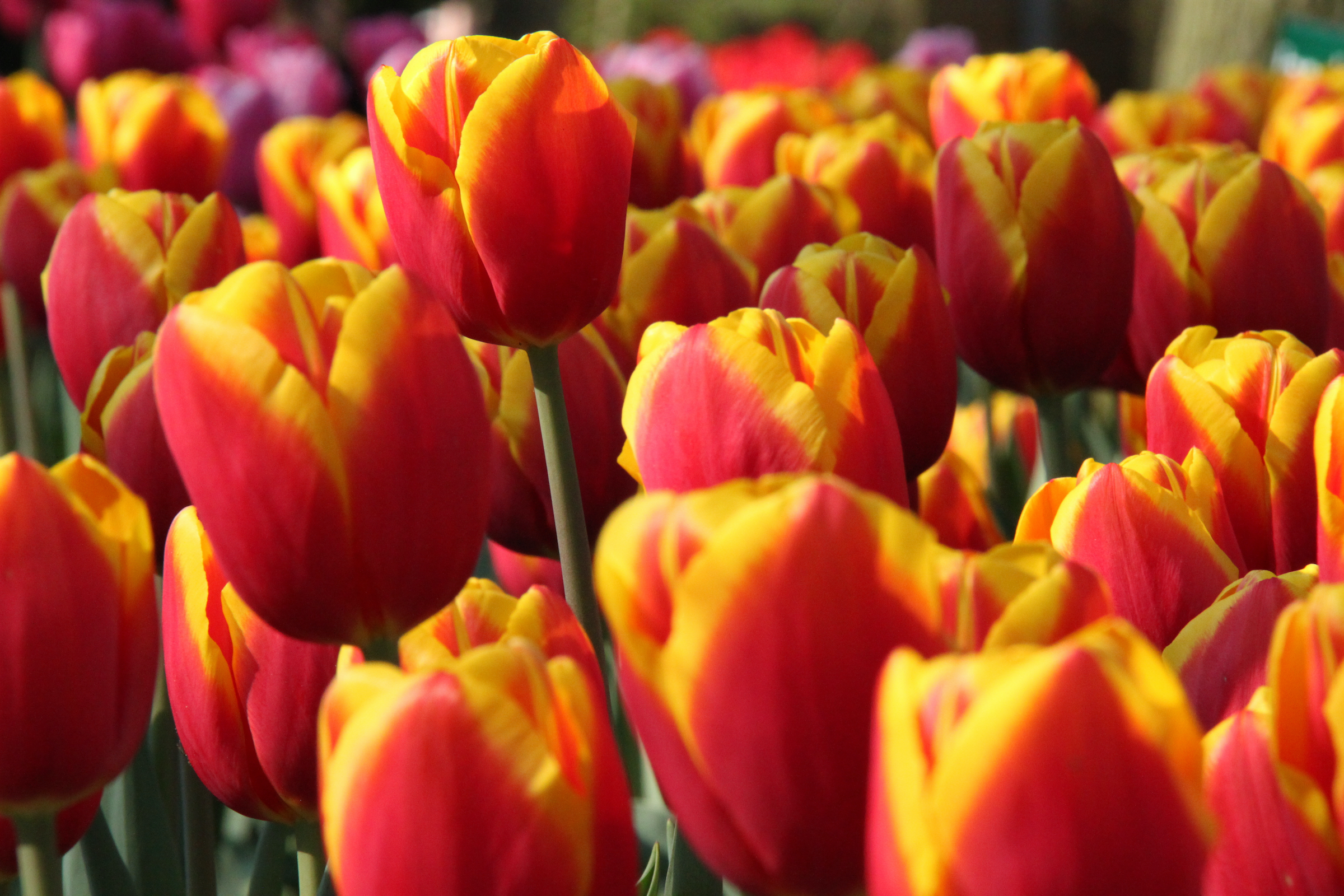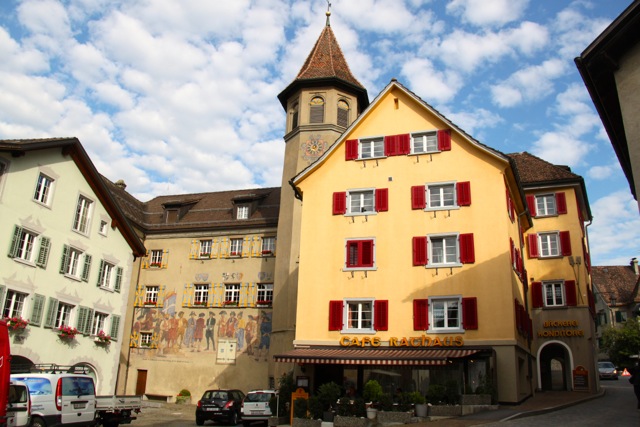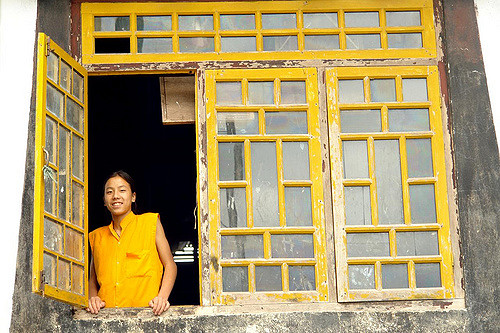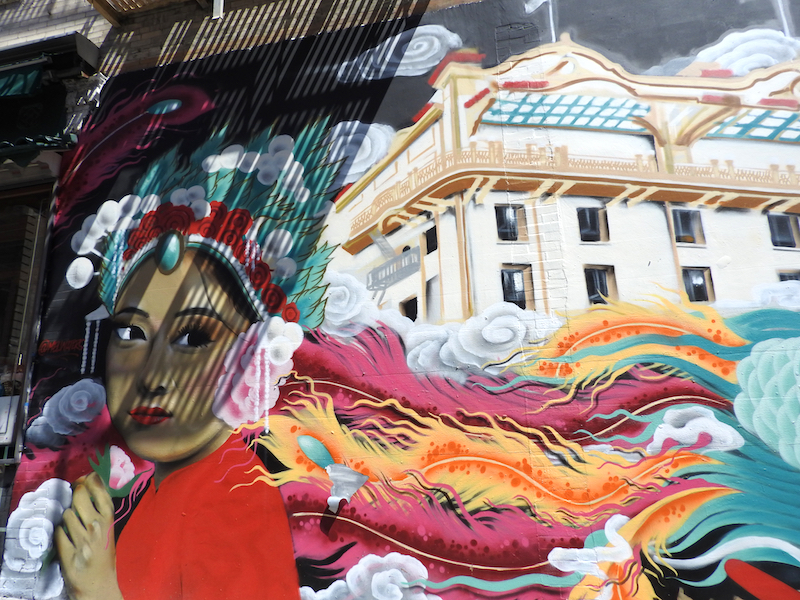Just after midnight I’m getting ready to leave the Cairo Jazz Club, but the crowd is only beginning to trickle in. I must still be on Bengaluru time, where the pubs close at 11.30pm. Here the band, from the southern city of Aswan, has just started warming up. In the crowd, the women wear their skirts short and the men wear their hair long; all have cigarettes and cocktail glasses in hand. They all appear to be locals from the way they greet each other and the bartender, who is mixing mango martinis with ease.
Whatever I had expected of Egypt, it wasn’t this. In January 2011, I was one of millions who watched with both excitement and trepidation as Egyptians in their thousands occupied Cairo’s Tahrir Square, calling for an end to the repressive regime of then-president Hosni Mubarak. Though Mubarak resigned the following month, the transition to democracy remains far from complete. At the time of going to press, there was cautious optimism about the presidential elections scheduled for late May, but street protests remained commonplace.
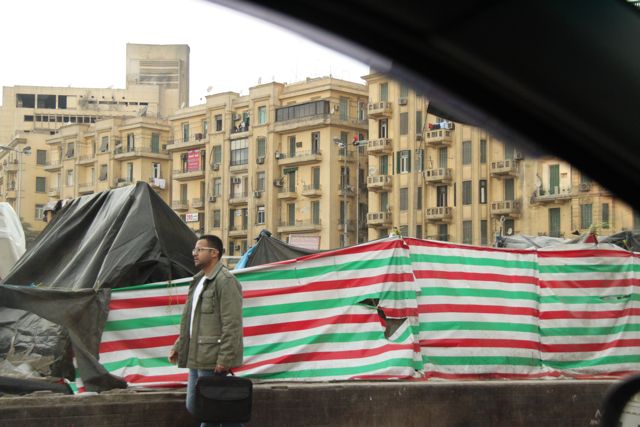 Setting off for Egypt just over a year since the uprisings, motivated by the prospect of fewer crowds and better deals, I was prepared to witness unrest. But passing through Tahrir Square on my first day in Cairo, the only visible disturbance was a handful of protesters’ tents, their canvas flapping listlessly in the wind. It seemed a fitting metaphor for the Cairenes’ state of mind. People here expected things to change after the revolution, but true, perceptible progress has yet to materialise. Eman, my guide says, “We are disappointed. Sure, the people brought the government down, but we don’t have leaders capable of taking the country forward. We can only hope for better times.”
Setting off for Egypt just over a year since the uprisings, motivated by the prospect of fewer crowds and better deals, I was prepared to witness unrest. But passing through Tahrir Square on my first day in Cairo, the only visible disturbance was a handful of protesters’ tents, their canvas flapping listlessly in the wind. It seemed a fitting metaphor for the Cairenes’ state of mind. People here expected things to change after the revolution, but true, perceptible progress has yet to materialise. Eman, my guide says, “We are disappointed. Sure, the people brought the government down, but we don’t have leaders capable of taking the country forward. We can only hope for better times.”

 I’d also expected a conservative culture, and while pockets of Cairo do seem traditional, much of the downtown area could pass for any capital city. And, like any world-class capital, this is a city that never sleeps. On my way home from the jazz club I take a cab to Khan el-Khalili market, which is still buzzing at 1am, its narrow streets crowded. A queue has formed in front of Naguib Mahfouz café, famed for its delectable mezze and falafel.
I’d also expected a conservative culture, and while pockets of Cairo do seem traditional, much of the downtown area could pass for any capital city. And, like any world-class capital, this is a city that never sleeps. On my way home from the jazz club I take a cab to Khan el-Khalili market, which is still buzzing at 1am, its narrow streets crowded. A queue has formed in front of Naguib Mahfouz café, famed for its delectable mezze and falafel.
The sweet smell of the sheesha leads me on to the El Fishawy coffee house, where countless cups of Arabic coffee and fresh mint tea are consumed and endless rounds of sheesha smoked into the small hours of the morning. What I am most fascinated by is this: women clad in abayas smoking sheesha, some with friends and others on their own. I wonder if their conservative dress reflects the popular mood that voted the Muslim Brotherhood into parliamentary majority.
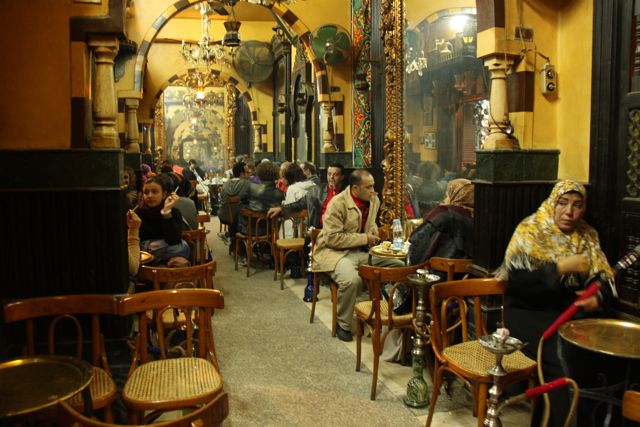
Perhaps the biggest fall-out of the Arab Spring has been the drastic reduction in tourist arrivals in Egypt. According to government statistics, they are still about 30 percent below the normal level.
Right opposite Tahrir Square lies the Egyptian Museum, which houses one of the world’s most important collections. Part of the museum was vandalised during the uprisings, and some galleries remain damaged. Many of the exhibits are in bad shape, covered in plastic and stored in the aisles. Thankfully the upper floor, which houses the Mummies Room, was unscathed. In a neighbouring room lie the museum’s best exhibits, King Tutankhamun’s magnificent treasures—his golden mask, ornaments and sarcophagi. There were plans to build a larger museum near the pyramids in Giza, but these are on hold. “Again, because of the Revolution,”Eman says.

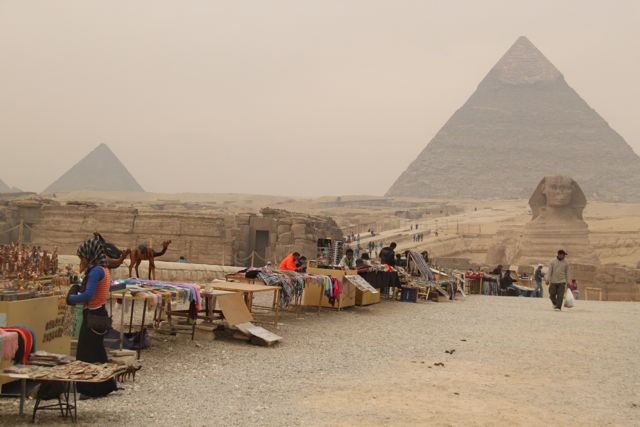 Speaking of the pyramids, nothing, nothing at all prepares you for the sight of these magnificent structures rising from the sands—even if you’ve seen them before. Once, our guide explained, these pyramids stood in the middle of nowhere and the Nile ran right past them. Today, civilisation (or what passes for it) has inched its way up to the very entrance of these monuments.
Speaking of the pyramids, nothing, nothing at all prepares you for the sight of these magnificent structures rising from the sands—even if you’ve seen them before. Once, our guide explained, these pyramids stood in the middle of nowhere and the Nile ran right past them. Today, civilisation (or what passes for it) has inched its way up to the very entrance of these monuments.
Souvenir t-shirts, replicas of the pyramids—be prepared to take them all in your stride. While this is true of any tourist site, in Egypt it can seem almost overwhelming—even more so now as the clamour for the tourist dollar is reaching a crescendo.
On a cruise down the Nile outside Cairo, I am met with a quieter world, one seemingly unaffected by politics. The only indication that things are not as usual is the lack of crowds (I’m actually able to take pictures without strangers in the background). Omar, my guide on this part of the trip, says, “For this time of the year, you usually have to book months in advance.” My bookings had all been made at the last minute, and at bargain prices.
My friends couldn’t understand why I wanted to come to Egypt now, but throughout my trip I didn’t once feel unsafe or threatened. The tourist police was everywhere, waiting to offer help but never intruding or bothering me.
The pharaohs that built the temples of ancient Egypt believed strongly in reincarnation. It occurs to me that modern-day Egypt, too, is going through a process of reincarnation, and slowly entering a post-Revolution afterlife. Tourists, mostly from Europe, have started trickling back and with a new political order slowly taking shape, the country is gearing up for a future as bright as its glorious past.
***
Published in the June – July issue of Conde Nast Traveller…
